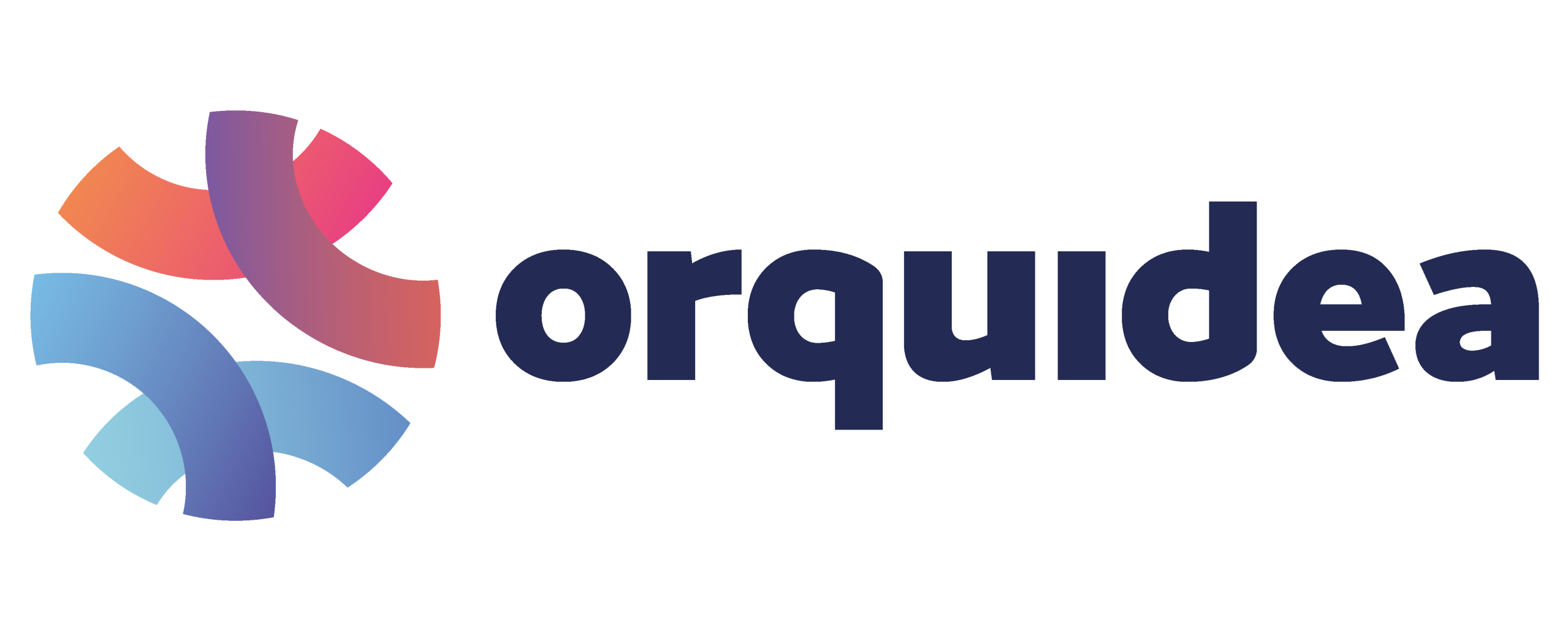The Educator’s Challenge: Teaching Intelligence in the Age of AI
Artificial intelligence is reshaping classrooms, curricula, and the very definition of learning. As students increasingly use AI tools for assignments, research, and creative work, educators face a profound challenge: how to teach intelligence in a world where machines simulate it. This article explores the dilemmas, opportunities, and voices of educators navigating this transformation.
1. The AI Skills Gap
Recent data shows:
- 63% of U.S. teens use AI tools like ChatGPT for schoolwork
- Only 30% of teachers feel confident using these same tools
- Over 70% of K–12 teachers have never received AI training
This mismatch creates confusion, inconsistency, and missed opportunities.
2. Teaching vs. Detecting
Many educators focus on:
- Catching AI use in assignments
- Enforcing bans or handwritten work
- Avoiding AI altogether
But experts argue for:
- Teaching responsible AI use
- Developing critical thinking about outputs
- Designing assessments that embrace collaboration, not fear
3. The Changing Role of Teachers
AI shifts the teacher’s role from:
- Knowledge provider → learning guide
- Content creator → curator and critic
- Authority figure → collaborator and coach
Educators must now model thoughtful AI use, not just monitor it.
4. Voices from the Classroom
Angie Powers, high school teacher:
“AI is a thought partner—it helps differentiate instruction and reach diverse learners.”
Wil Page, sixth-grade teacher:
“We need educators at the table—working with developers, shaping policies, guiding implementation.”
These voices call for agency, not avoidance.
5. Ethics and Equity
Key concerns include:
- Bias in AI outputs
- Data privacy and student rights
- Unequal access to AI tools across schools
Educators must teach ethical literacy alongside digital fluency.
6. Curriculum Integration
Effective strategies include:
- Using AI to brainstorm, summarize, and personalize feedback
- Teaching prompt engineering and bias detection
- Embedding AI across subjects—not just in computer science
AI becomes a cross-disciplinary tool for inquiry and creativity.
7. Professional Development
Experts recommend:
- Monthly training sessions—not just annual workshops
- Peer-led communities for sharing best practices
- Time for experimentation without pressure
Support must be ongoing, practical, and collaborative.
8. Expert Perspectives
Sarah Hernholm, educator and entrepreneur:
“Teachers don’t need to be AI experts—they need to be confident guides.”
Becky Pringle, NEA President:
“AI must support—not replace—the human connection at the heart of learning.”
These leaders emphasize human-centered education in a machine-mediated world.
9. The New Digital Divide
Today’s divide is not just about internet access—it’s about:
- AI literacy
- Teacher preparedness
- Student opportunity
Educators must ensure inclusive, equitable access to AI tools and guidance.
10. The Road Ahead
Expect:
- AI policies shaped by educators, not just administrators
- New roles for teachers as AI mentors and ethicists
- Curriculum reform to include AI fluency and critical thinking
- A redefinition of intelligence as collaborative, contextual, and human-led
Teaching in the age of AI means reclaiming the purpose of education itself.
Conclusion
Educators are not obsolete—they are essential. As AI transforms learning, teachers must lead the way: guiding students through complexity, modeling ethical use, and redefining what it means to be intelligent. The challenge is real—but so is the opportunity. In this new era, teaching is not just about knowledge—it’s about wisdom, judgment, and care.
